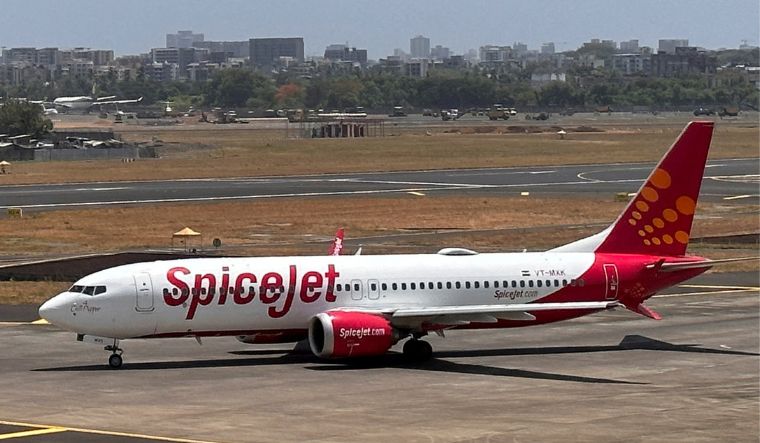Tomorrow (June 1) marks the beginning of Pride Month; so brace yourself as corporates across India, and the world, jump into the tokenism bandwagon with social media plugs on inclusiveness, PR pitches of LGBTQIA support and tinting profile pics in rainbow hues.
Amidst all this tokenism, low-cost airline SpiceJet kick-started on Friday a quiet initiative for a more practical mode of inclusiveness, when it began posting cabin crews versed in sign language for the benefit of passengers with hearing impairments.
“We are bridging the communication gap and ensuring a more inclusive journey for all,” said SpiceJet chief business officer Debojo Maharshi. To start with, cabin crew who were trained by the Noida Deaf Society were posted on select flights on Friday, which also happened to be International Cabin Crew Day.
An official note by the Gurugram-based airline called it “a significant step”, which it said will “enhance the accessibility of our services and foster a culture of inclusivity.”
Though rolled out to mark International Cabin Crew Day, the fact that this will be a continuing endeavour makes it more than just tokenism. Because accept it, life in general, and travel in particular, is tough if you have any sensory challenge — speech, vision or hearing impairments, or syndromes like autism. And it doesn’t help to hear of horror stories from the likes of market leader Indigo where passengers with issues are insensitively treated.
Some international airlines, particularly a couple of biggies in Latin America like Avianca, have been pushing for more sensitive provisions for those differently abled, but it has been a slow and uphill task. United Airlines, one of the ‘Big 3’ US carriers, is increasing braille (a system of raised dots that help visually challenged readers) in cabin interiors, with the aim of having 100 per cent coverage in two years. GoodMaps, a smart navigation map, recently tied up with some American airports to provide route and gate finders inside the airport terminal for those will vision issues, a tough task in these days of multiple terminals, gate changes and flight delays even for the supposedly ‘normal’ passengers.
According to the World Health Organisation, 15 per cent of the world’s population faces some form of disability or the other. And airlines are legally obligated to provide support to those with a disability or reduced mobility. But in India, the best such a passenger can hope for is wheelchair assistance till the aircraft door (and vice versa) and nothing much else.



